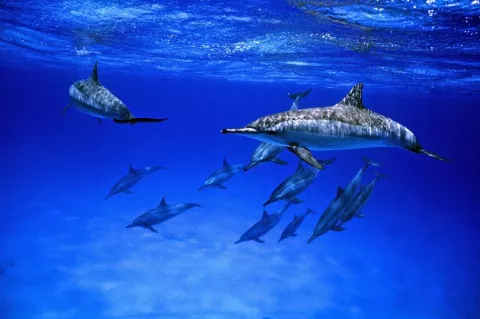Developing the Mindset of a Successful Image Maker
Is underwater photography difficult? Actually, no—at least, not to any significant degree when compared with any other discipline of photography. Each single stage of creating an underwater photograph, if seen in isolation from the rest, is not so tricky. It is the sum of all its parts, as well as mastering the whole, which can appear confusing at times.












